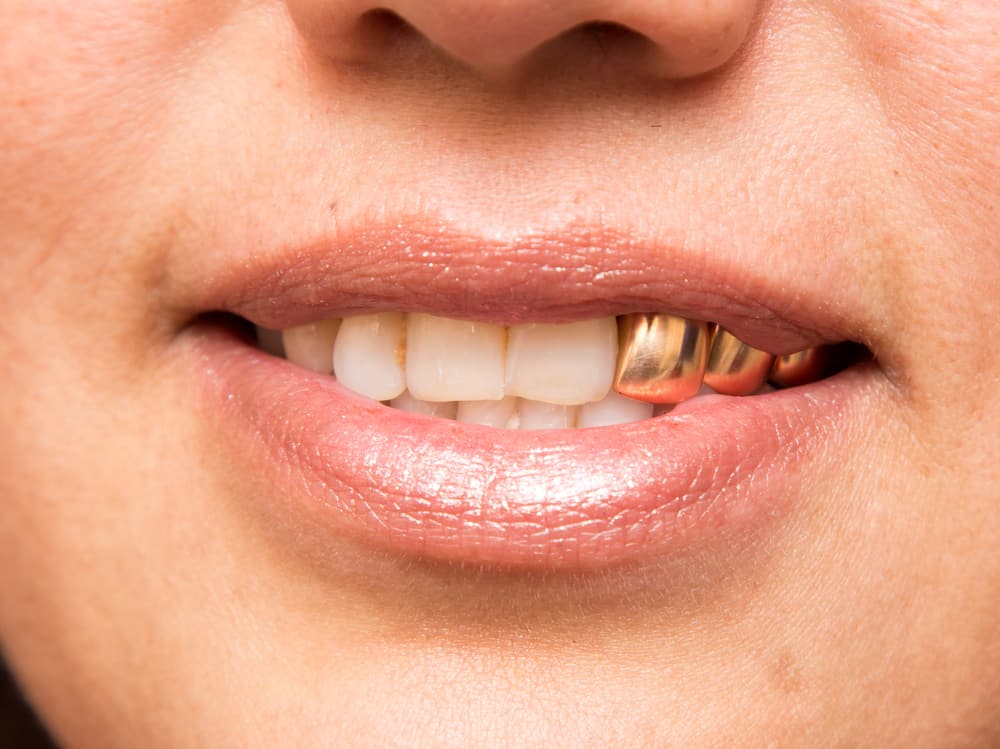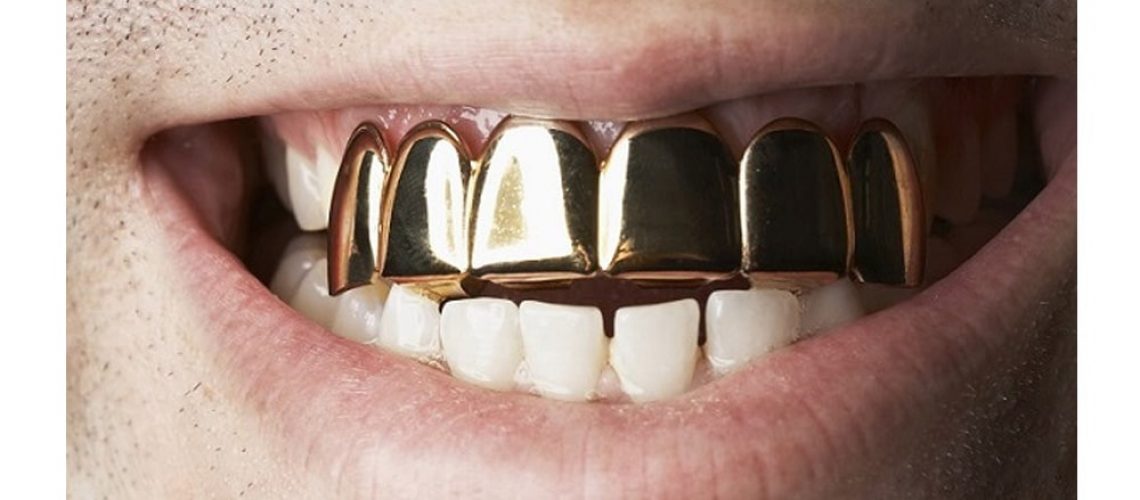The History of Quincy Hall and its Significance

Quincy Hall, a landmark in Boston, Massachusetts, holds a rich history interwoven with the city’s social and cultural fabric. Its existence dates back to the early 19th century, and its evolution reflects the changing times. While the presence of gold teeth in Quincy Hall is not a documented fact, understanding the hall’s history provides insights into the social and cultural factors that may have influenced the use of gold teeth during that period.
The Architectural and Social Context of Quincy Hall, Does quincy hall have real gold teeth
Quincy Hall, originally known as the Boston Merchants’ Exchange, was built in 1825. It served as a hub for the city’s commercial activities, housing merchants, brokers, and traders. The hall’s architectural grandeur, a testament to the city’s burgeoning wealth, attracted individuals from diverse backgrounds, including those who might have worn gold teeth.
Social and Cultural Factors Influencing the Use of Gold Teeth
The 19th century witnessed a rise in the use of gold teeth, particularly among the upper classes. Gold, a symbol of wealth and status, was often used for dental restorations and ornamentation. While historical records about Quincy Hall do not specifically mention the presence of gold teeth, it is reasonable to assume that individuals with financial means might have worn them, reflecting the social and cultural trends of the time.
Historical Accounts and Insights
While no direct records exist mentioning gold teeth in Quincy Hall, historical accounts from the period offer insights into the prevalence of gold teeth in society. For example, a journal entry from a prominent Bostonian in the 1840s describes a social gathering where a guest’s “gleaming gold tooth” was a subject of conversation. This anecdote, while not directly linked to Quincy Hall, suggests that gold teeth were a visible and noticeable aspect of social life in Boston during that era.
The Practice of Gold Teeth in the Past

Gold teeth, once a symbol of wealth and status, have a rich history that spans centuries. Their use has evolved from practical dental solutions to expressions of cultural identity and social standing.
Types of Gold Teeth
Gold teeth have taken various forms throughout history, each reflecting the technological advancements and cultural preferences of the time.
- Crowns: These are caps that cover the entire tooth, replacing the enamel and dentin. They were initially used to restore damaged teeth, but later became a fashionable accessory.
- Inlays and Onlays: These are smaller pieces of gold that are placed within the tooth structure to repair cavities or strengthen weakened teeth. They were often used in conjunction with crowns.
- Grillz: These are removable gold or metal fixtures that cover multiple teeth. They emerged in the late 20th century and became popular in hip-hop culture as a statement of style.
Materials and Techniques
The creation of gold teeth involved meticulous craftsmanship and specialized techniques.
- Gold Alloys: Gold is often alloyed with other metals, such as silver, copper, and platinum, to enhance its strength and durability. The specific composition of the alloy determined the color and hardness of the gold.
- Casting: This involved creating a mold of the tooth using wax or a dental impression material. The mold was then filled with molten gold, which solidified into the desired shape.
- Soldering: Multiple pieces of gold could be joined together using a soldering process, where a lower-melting point gold alloy was applied to fuse the pieces.
- Hand-Engraving: In the past, gold teeth were often hand-engraved with intricate designs, adding a personalized touch to the piece.
Purpose and Symbolism
Gold teeth have served a variety of purposes throughout history, ranging from practical to symbolic.
- Dental Restoration: In ancient times, gold was used to repair damaged teeth, as it was a strong and durable material that could withstand the forces of chewing.
- Status Symbol: Gold, due to its rarity and value, became a symbol of wealth and social standing. Gold teeth were seen as a way to display one’s affluence and prestige.
- Cultural Identity: In some cultures, gold teeth have been associated with particular groups or traditions. For example, in some African communities, gold teeth were a symbol of royalty and power.
- Fashion and Style: In the 20th and 21st centuries, gold teeth have become a popular fashion accessory, particularly in hip-hop and urban culture.
Examining the Evidence and Potential Interpretations: Does Quincy Hall Have Real Gold Teeth

The existence of gold teeth in Quincy Hall, a historical landmark, presents a fascinating enigma. While the practice of gold teeth was prevalent in certain periods, establishing their presence in this specific location requires careful examination of available evidence and consideration of historical context.
Potential Evidence and its Interpretation
Determining the presence of gold teeth in Quincy Hall necessitates a multi-faceted approach.
- Archival Records: Scrutinizing historical documents, including diaries, letters, and architectural blueprints, may reveal mentions of gold teeth or dental practices prevalent during the building’s construction and occupancy. For example, if the records indicate the presence of a prominent dentist or goldsmith in the vicinity, it could suggest the potential use of gold teeth in the building.
- Physical Evidence: Detailed inspection of the building’s interior and exterior, including the examination of furniture, artifacts, and personal belongings, might uncover remnants of gold teeth. For instance, the discovery of dental tools or gold fillings within the building could offer compelling evidence.
- Oral Histories: Gathering accounts from descendants of individuals associated with Quincy Hall could provide anecdotal evidence. While not always definitive, these stories could offer insights into the social customs and practices of the time, potentially hinting at the use of gold teeth.
The interpretation of this evidence should consider the historical context and cultural perspectives surrounding gold teeth. Gold teeth were not universally accepted throughout history. They were often associated with wealth, status, and social standing, particularly in certain eras. However, they could also be seen as ostentatious or even vulgar in other periods.
Significance of Gold Teeth
The presence of gold teeth in Quincy Hall, if confirmed, could provide valuable insights into the social dynamics and cultural trends of the time. It could shed light on the lifestyles of the building’s occupants, their social connections, and their attitudes towards wealth and status.
Does quincy hall have real gold teeth – The mystery of Quincy Hall’s dental work is a hot topic, but maybe we should shift our focus for a moment. Have you seen the men’s steeplechase fall video? It’s like watching a ballet of agony, with athletes defying gravity and then gravity winning.
Now, back to Quincy Hall’s teeth – are they real gold or just a really good dentist?
The mystery of Quincy Hall’s gold teeth continues to fascinate! Some say they’re real, others insist they’re just a clever illusion. Whatever the truth, his grit and determination remind me of steeplechase runners, who must overcome obstacles like those water jumps you see in a steeplechase race.
Maybe Quincy Hall’s gold teeth are a symbol of his own hurdles, a reminder that even the most glamorous facade can hide a story of struggle and triumph.